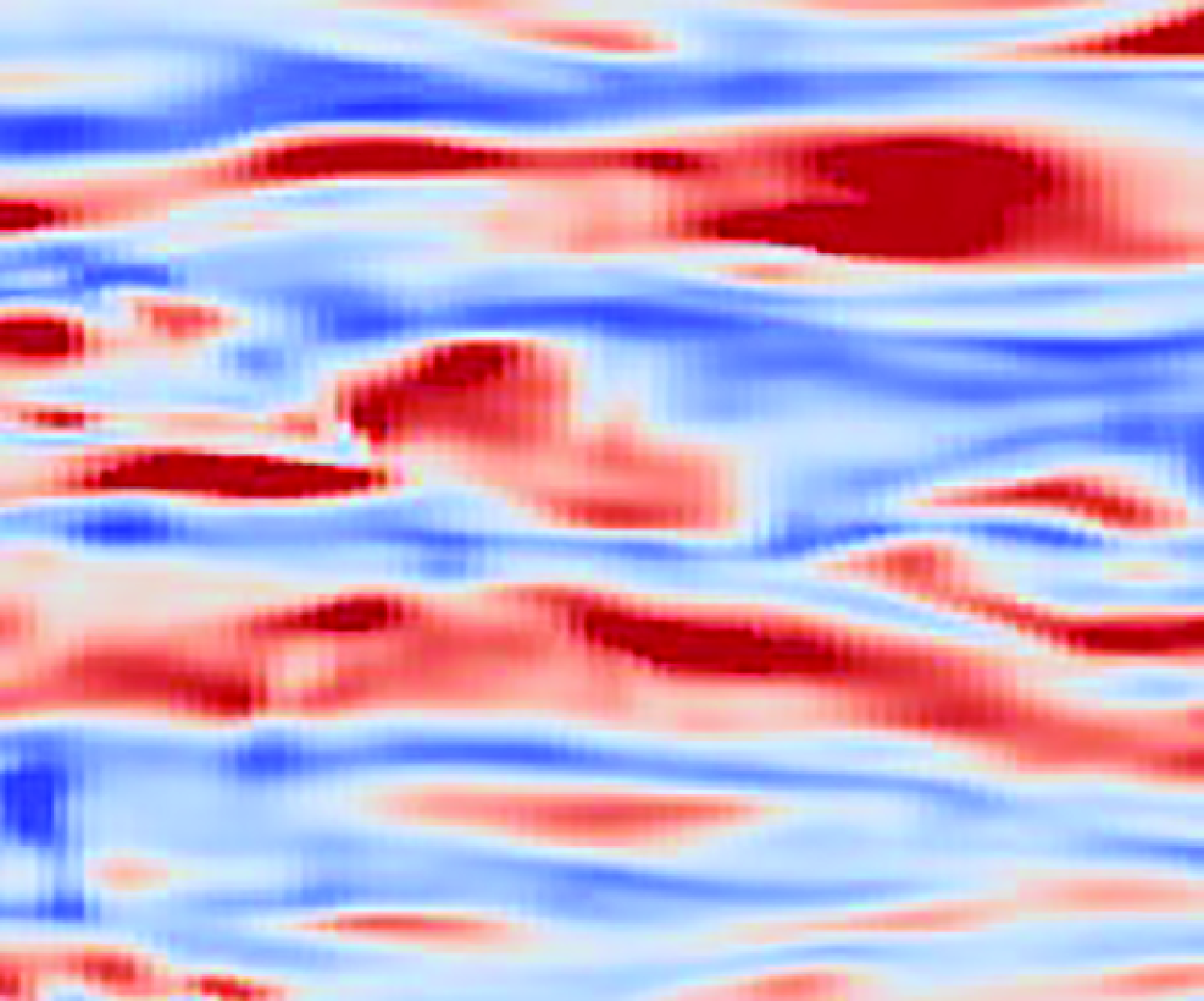No CrossRef data available.
Article contents
A deep learning approach to wall-shear stress quantification: from numerical training to zero-shot experimental application
Published online by Cambridge University Press: 25 June 2025
Abstract

The accurate quantification of wall-shear stress dynamics is of substantial importance for various applications in fundamental and applied research, spanning areas from human health to aircraft design and optimization. Despite significant progress in experimental measurement techniques and postprocessing algorithms, temporally resolved wall-shear stress fields with adequate spatial resolution and within a suitable spatial domain remain an elusive goal. Furthermore, there is a systematic lack of universal models that can accurately replicate the instantaneous wall-shear stress dynamics in numerical simulations of multiscale systems where direct numerical simulations (DNSs) are prohibitively expensive. To address these gaps, we introduce a deep learning architecture that ingests wall-parallel streamwise velocity fields at  $y^+ \approx 3.9 \sqrt {Re_\tau }$ of turbulent wall-bounded flows and outputs the corresponding two-dimensional streamwise wall-shear stress fields with identical spatial resolution and domain size. From a physical perspective, our framework acts as a surrogate model encapsulating the various mechanisms through which highly energetic outer-layer flow structures influence the governing wall-shear stress dynamics. The network is trained in a supervised fashion on a unified dataset comprising DNSs of statistically one-dimensional turbulent channel and spatially developing turbulent boundary layer flows at friction Reynolds numbers ranging from
$y^+ \approx 3.9 \sqrt {Re_\tau }$ of turbulent wall-bounded flows and outputs the corresponding two-dimensional streamwise wall-shear stress fields with identical spatial resolution and domain size. From a physical perspective, our framework acts as a surrogate model encapsulating the various mechanisms through which highly energetic outer-layer flow structures influence the governing wall-shear stress dynamics. The network is trained in a supervised fashion on a unified dataset comprising DNSs of statistically one-dimensional turbulent channel and spatially developing turbulent boundary layer flows at friction Reynolds numbers ranging from  $390$ to
$390$ to  $1500$. We demonstrate a zero-shot applicability to experimental velocity fields obtained from particle image velocimetry measurements and verify the physical accuracy of the wall-shear stress estimates with synchronized wall-shear stress measurements using the micro-pillar shear-stress sensor for Reynolds numbers up to
$1500$. We demonstrate a zero-shot applicability to experimental velocity fields obtained from particle image velocimetry measurements and verify the physical accuracy of the wall-shear stress estimates with synchronized wall-shear stress measurements using the micro-pillar shear-stress sensor for Reynolds numbers up to  $2000$. In summary, the presented framework lays the groundwork for extracting inaccessible experimental wall-shear stress information from readily available velocity measurements and thus, facilitates advancements in a variety of experimental applications.
$2000$. In summary, the presented framework lays the groundwork for extracting inaccessible experimental wall-shear stress information from readily available velocity measurements and thus, facilitates advancements in a variety of experimental applications.
Information
- Type
- JFM Papers
- Information
- Copyright
- © The Author(s), 2025. Published by Cambridge University Press


